Savings I Bonds bought from November 1, 2023 through April 30, 2024 will have a fixed rate of 1.30%, for a total composite rate of 5.27% for the first 6 months. The semi-annual inflation rate is 1.97% as predicted (3.94% annually), but the full composite rate is dependent on the fixed rate for each specific savings bond and so it is a little bit higher. This total composite rate is a bit lower than current short-term Treasury yields, and the fixed rate is about 1% lower than that of current short-term TIPS yields. Press release.
Every existing I Bond will earn this inflation rate of ~3.96% eventually for 6 months; you will need to add your own fixed rate that was set based the initial purchase month. See you again in mid-April for the next early prediction for May 2024.
Original post from 10/13/23:
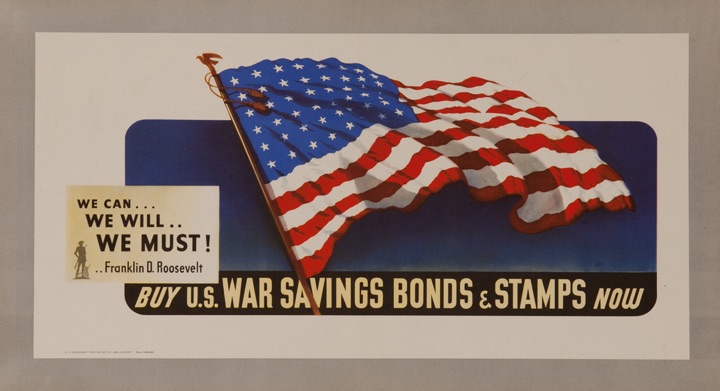
Savings I Bonds are a unique, low-risk investment backed by the US Treasury that pay out a variable interest rate linked to inflation. With a holding period from 12 months to 30 years, you could own them as an alternative to bank certificates of deposit (they are liquid after 12 months) or bonds in your portfolio.
New inflation numbers were just announced at BLS.gov, which allows us to make an early prediction of the November 2023 savings bond rates a couple of weeks before the official announcement on the 1st. This also allows the opportunity to know exactly what a October 2023 savings bond purchase will yield over the next 12 months, instead of just 6 months. You can then compare this against a November 2023 purchase.
New inflation rate prediction. March 2023 CPI-U was 301.836. September 2023 CPI-U was 307.789, for a semi-annual inflation rate of 1.97%. Using the official composite rate formula:
Composite rate formula: [Fixed rate + (2 x semiannual inflation rate) + (fixed rate x semiannual inflation rate)]
This results in the variable component of interest rate for the next 6 month cycle being ~3.94% to 3.96% if you use a fixed rate of between 0% and 1%.
Tips on purchase and redemption. You can’t redeem until after 12 months of ownership, and any redemptions within 5 years incur an interest penalty of the last 3 months of interest. A simple “trick” with I-Bonds is that if you buy at the end of the month, you’ll still get all the interest for the entire month – same as if you bought it in the beginning of the month. It’s best to give yourself a few business days of buffer time. If you miss the cutoff, your effective purchase date will be bumped into the next month.
Buying in October 2023. If you buy before the end of October, the fixed rate portion of I-Bonds will be 0.90%. You will be guaranteed a total interest rate of 0.90 + 3.40 = 4.30% for the next 6 months. For the 6 months after that, the total rate will be 0.90 + 3.96 = 4.86%.
Comparing with the best interest rates of October 2023, these rates lower than what is available via regular nominal Treasury bonds and other deposit accounts.
Buying in November 2023. If you buy in November 2023, you will get ~3.96% plus a newly-set fixed rate for the first 6 months. The new fixed rate is officially unknown, but is loosely linked to the real yield of short-term TIPS. My rough guess is somewhere between 1% and 1.5%. The current real yield on short-term TIPS is higher than it was during the last reset, when the fixed rate was set at 0.9%. Every six months after your purchase, your rate will adjust to your fixed rate (set at purchase) plus a variable rate based on inflation.
If you have an existing I-Bond, the rates reset every 6 months depending on your specific purchase month. Your bond rate = your specific fixed rate (based on purchase month, look it up here) + variable rate (total bond rate has a minimum floor of 0%).
Buy now or wait? Between those two options, I would buy in November as you’ll likely get a slightly higher fixed rate and a higher initial inflation rate. If you’ve already bought for 2023, you’ll eventually get the newer inflation rate after six months. However, right now you might prefer to buy TIPS instead (especially if you have tax-deferred space available) as they will likely have a higher real yield.
Unique features. I have a separate post on reasons to own Series I Savings Bonds, including inflation protection, tax deferral, exemption from state income taxes, and potential tax benefits if used toward qualified educational expenses.
Over the years, I have accumulated a nice pile of I-Bonds and consider it part of the inflation-linked bond allocation inside my long-term investment portfolio.
Annual purchase limits. The annual purchase limit is now $10,000 in online I-bonds per Social Security Number. For a couple, that’s $20,000 per year. You can only buy online at TreasuryDirect.gov, after making sure you’re okay with their security protocols and user-friendliness. You can also buy an additional $5,000 in paper I bonds using your tax refund with IRS Form 8888. If you have children, you may be able to buy additional savings bonds by using a minor’s Social Security Number. TheFinanceBuff has a nice post on gifting options if you are a couple and want to frontload your purchases now. TreasuryDirect also allows trust accounts to purchase savings bonds.
Concerns about TreasuryDirect customer service. Opening a TreasuryDirect account or conducting other transactions can sometimes be a hassle as they may ask for a medallion signature guarantee which requires a visit to a physical bank or credit union and snail mail. This doesn’t apply to everyone and seems to have gotten better recently, but plan to experience some delays in any transaction that you try to accomplish (registration changes, converting paper bonds, changing bank accounts). They just seem to be overwhelmed in general.
Bottom line. Savings I bonds are a unique, low-risk investment that are linked to inflation and only available to individual investors. You can only purchase them online at TreasuryDirect.gov, with the exception of paper bonds via tax refund. For more background, see the rest of my posts on savings bonds.
[Image: 1942 US Savings Bond poster – source]
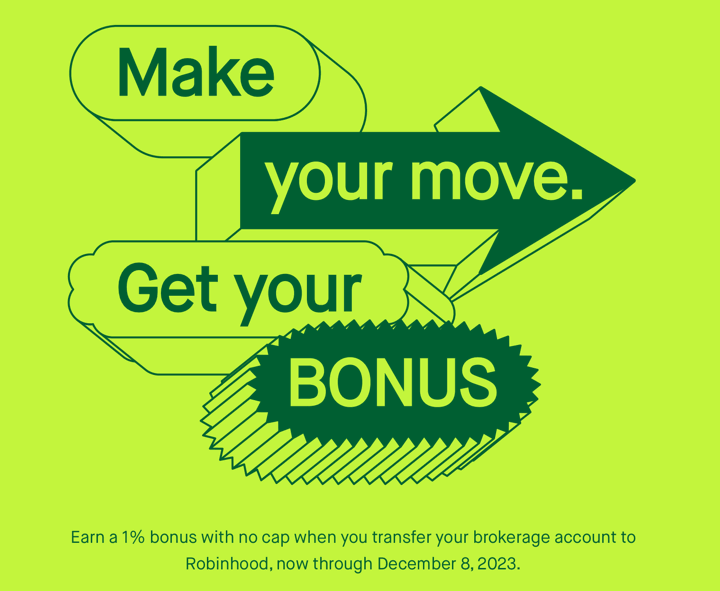
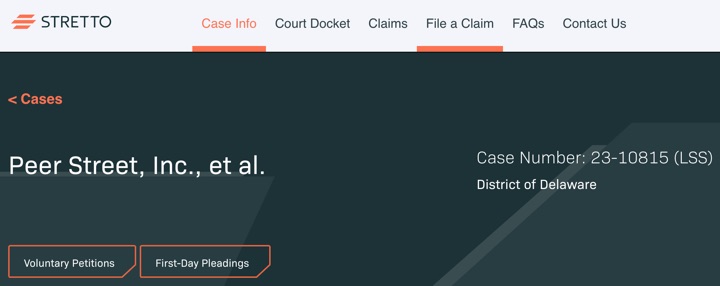
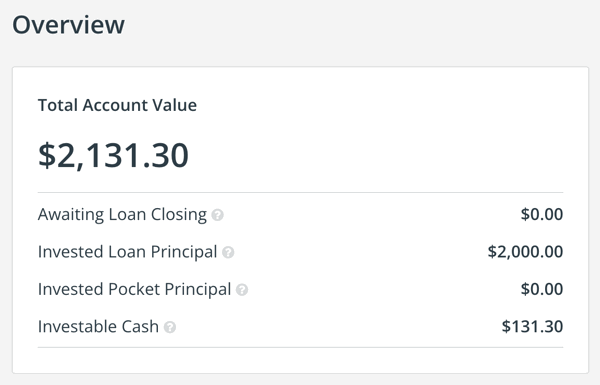
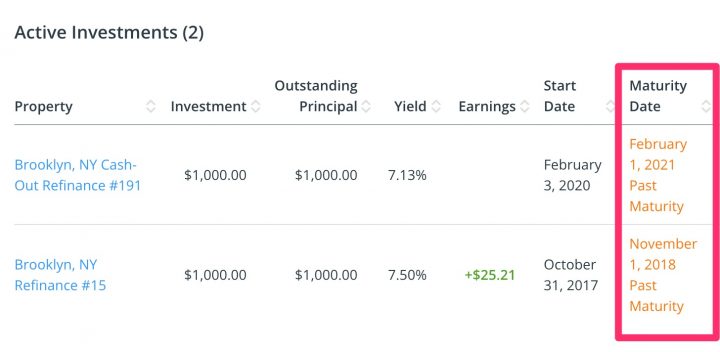
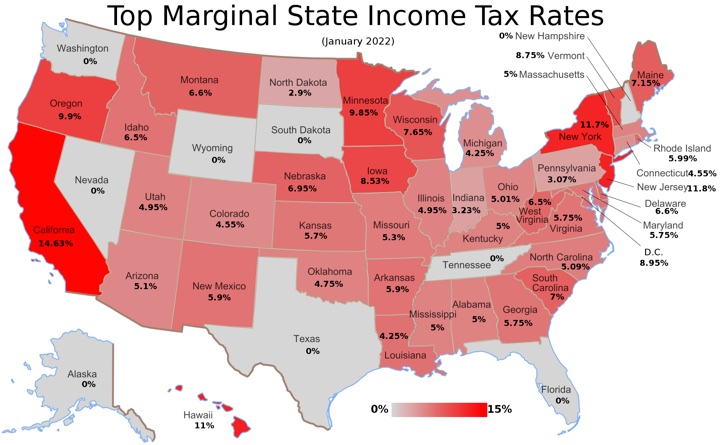
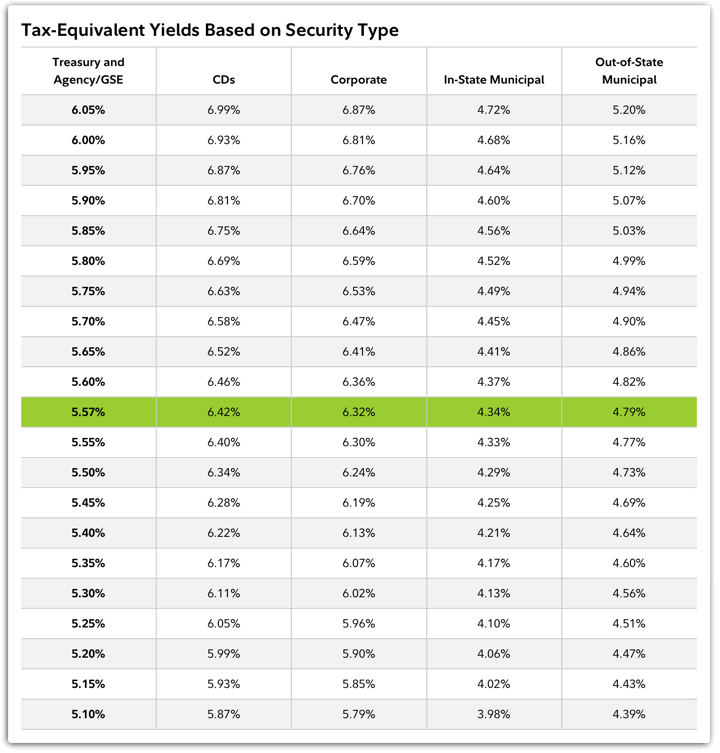
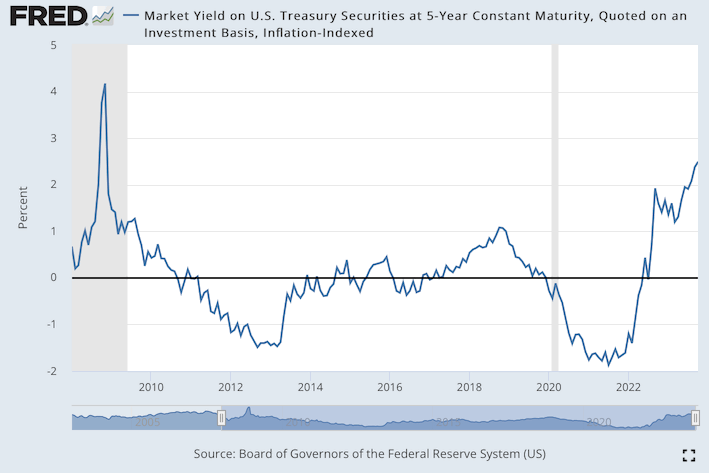
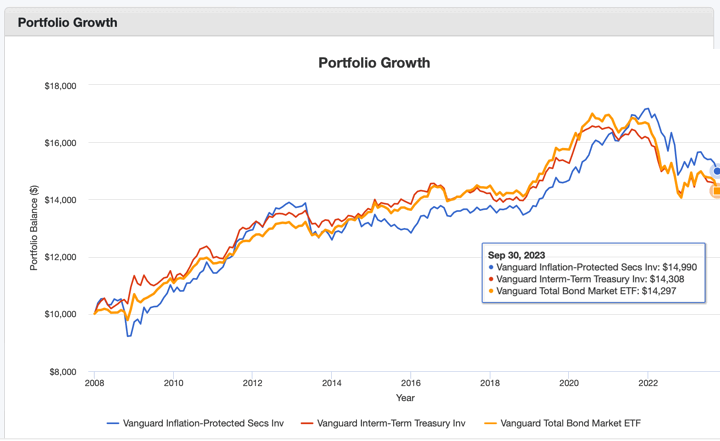
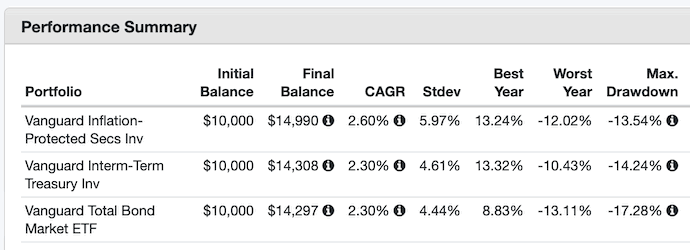
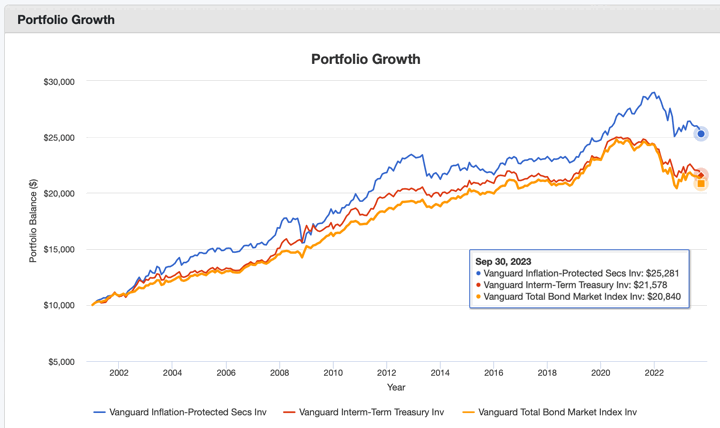


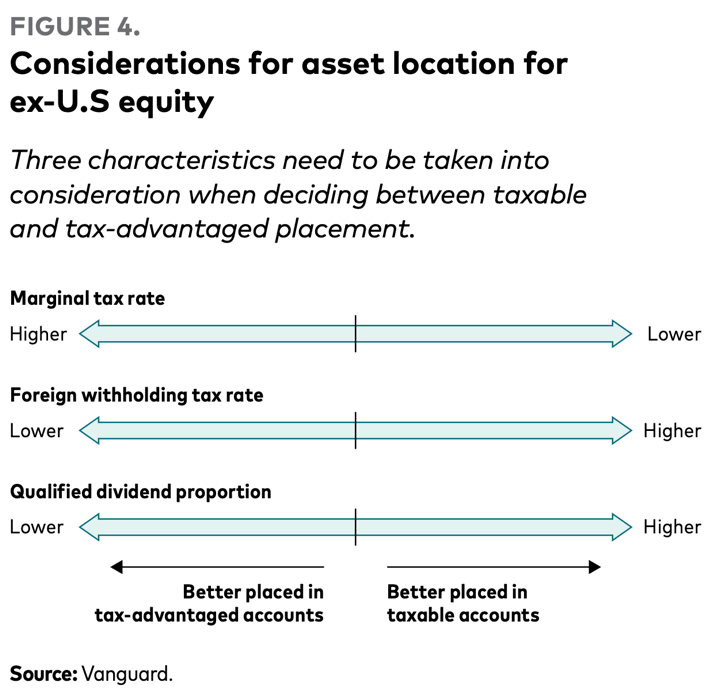


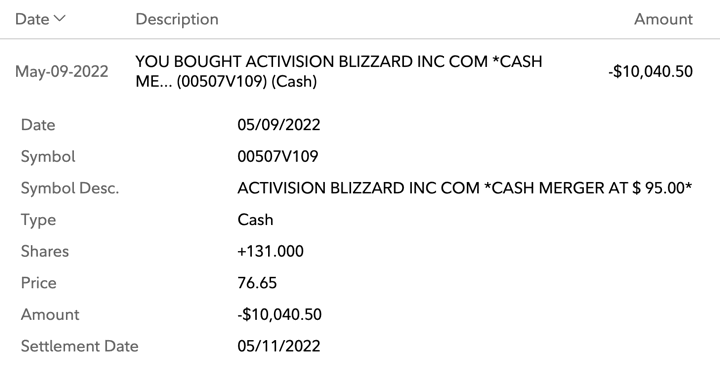
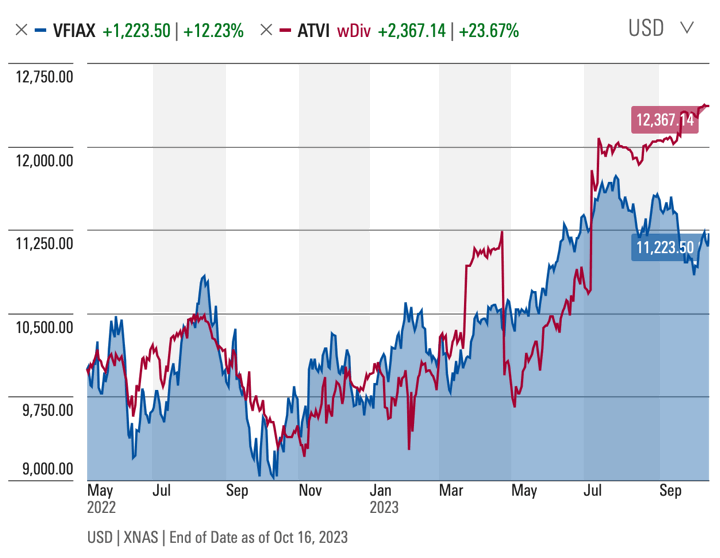
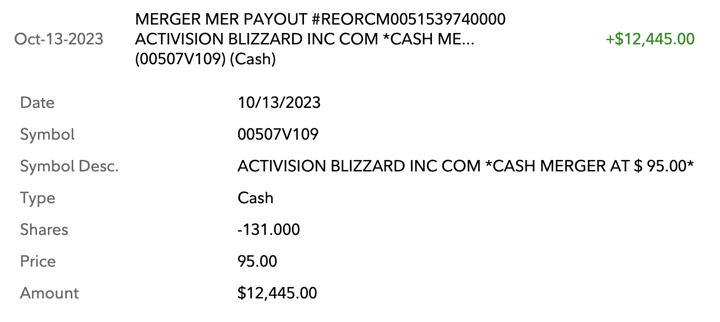
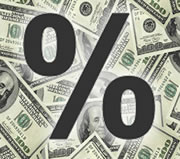 Here’s my monthly roundup of the best interest rates on cash as of October 2023, roughly sorted from shortest to longest maturities. There are often lesser-known opportunities available to individual investors. Check out my
Here’s my monthly roundup of the best interest rates on cash as of October 2023, roughly sorted from shortest to longest maturities. There are often lesser-known opportunities available to individual investors. Check out my 
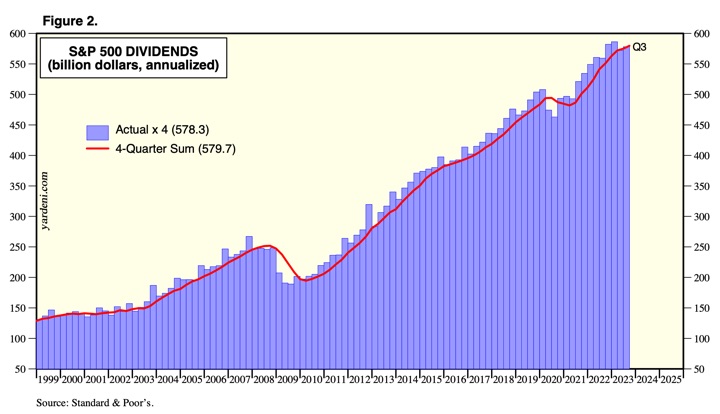
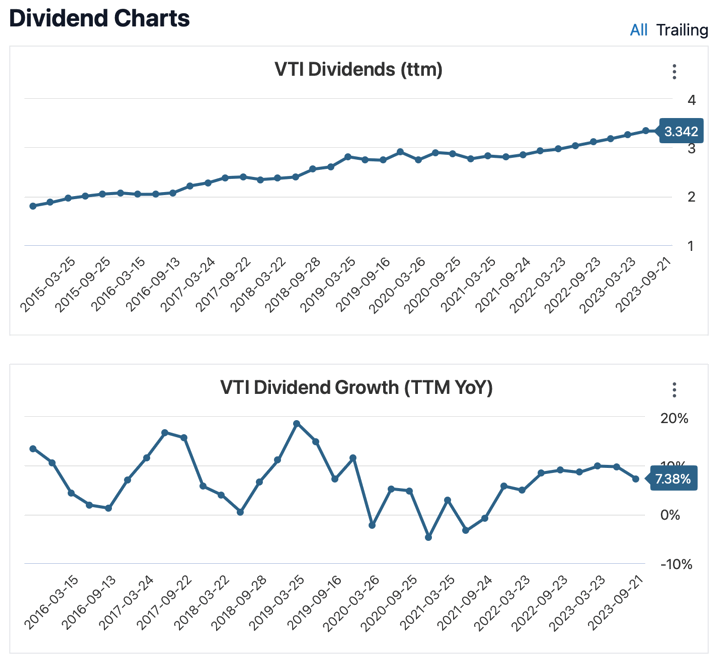
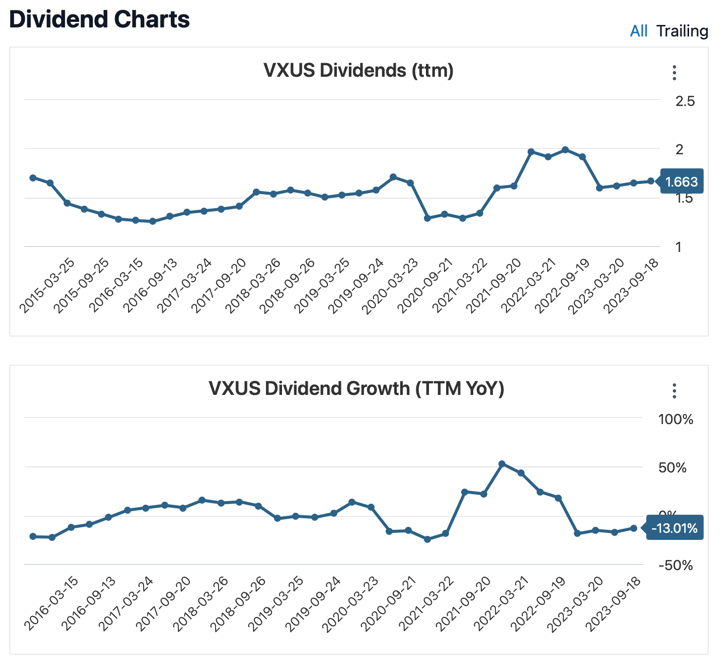
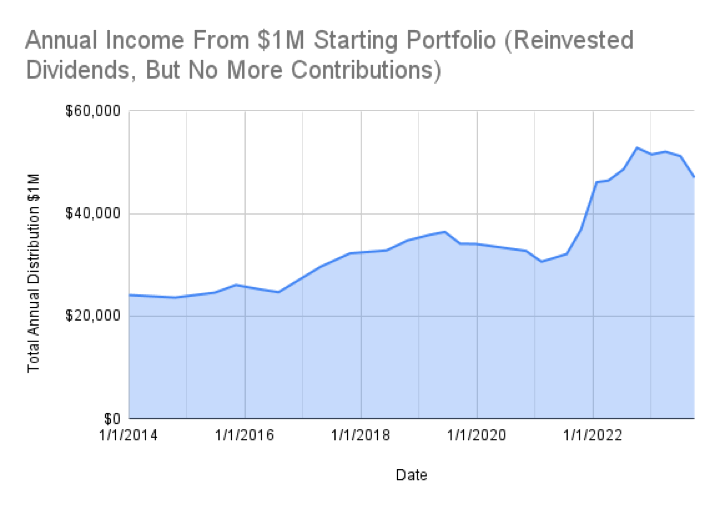
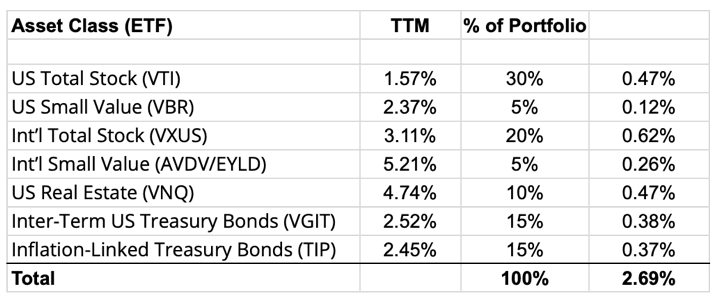

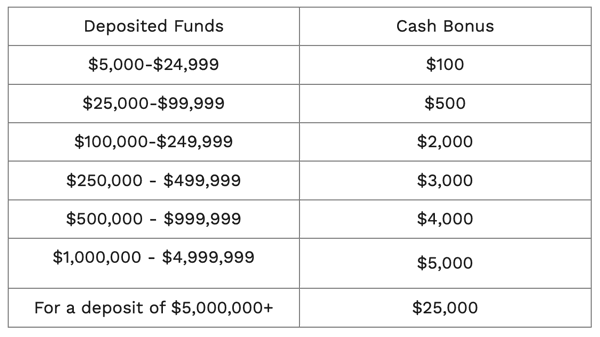
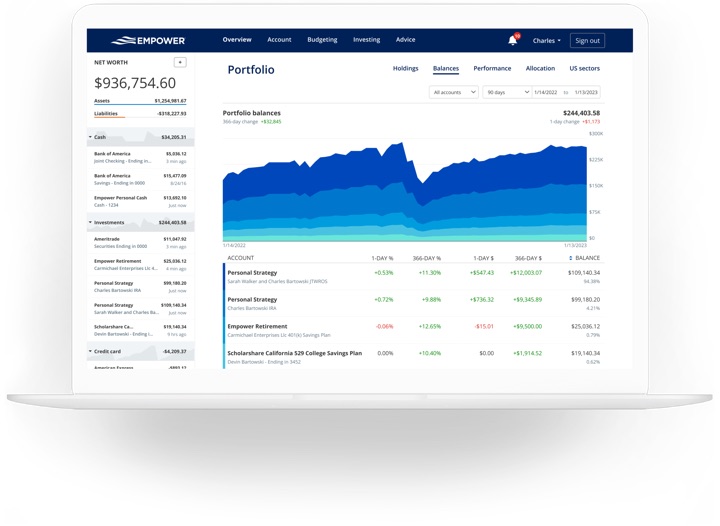
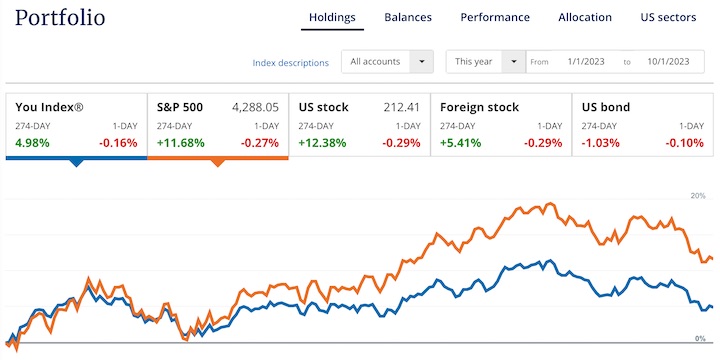
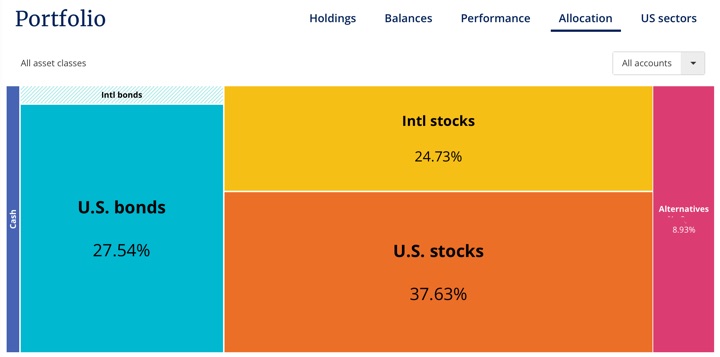
 Just as I track the interest rates on
Just as I track the interest rates on 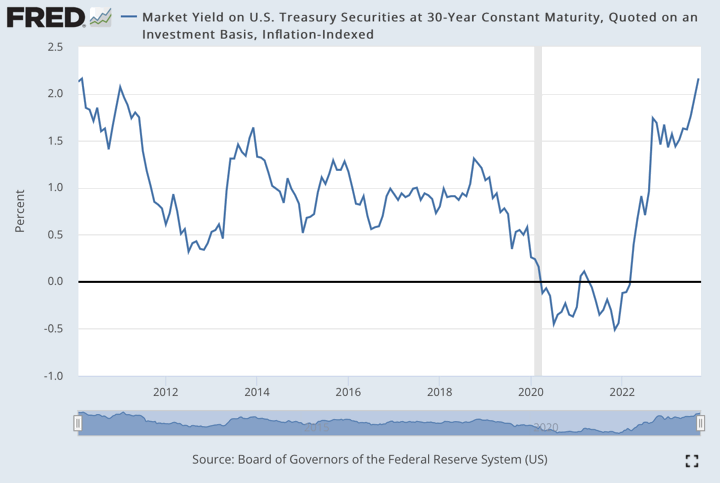

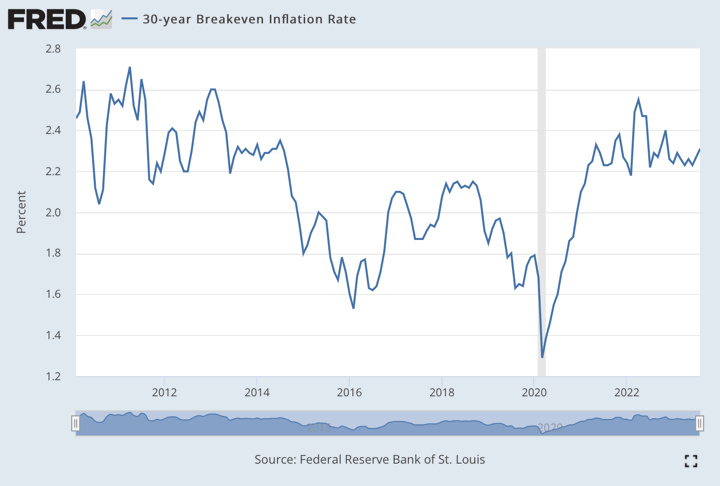
 The Best Credit Card Bonus Offers – March 2024
The Best Credit Card Bonus Offers – March 2024 Big List of Free Stocks from Brokerage Apps
Big List of Free Stocks from Brokerage Apps Best Interest Rates on Cash - March 2024
Best Interest Rates on Cash - March 2024 Free Credit Scores x 3 + Free Credit Monitoring
Free Credit Scores x 3 + Free Credit Monitoring Best No Fee 0% APR Balance Transfer Offers
Best No Fee 0% APR Balance Transfer Offers Little-Known Cellular Data Plans That Can Save Big Money
Little-Known Cellular Data Plans That Can Save Big Money How To Haggle Your Cable or Direct TV Bill
How To Haggle Your Cable or Direct TV Bill Big List of Free Consumer Data Reports (Credit, Rent, Work)
Big List of Free Consumer Data Reports (Credit, Rent, Work)